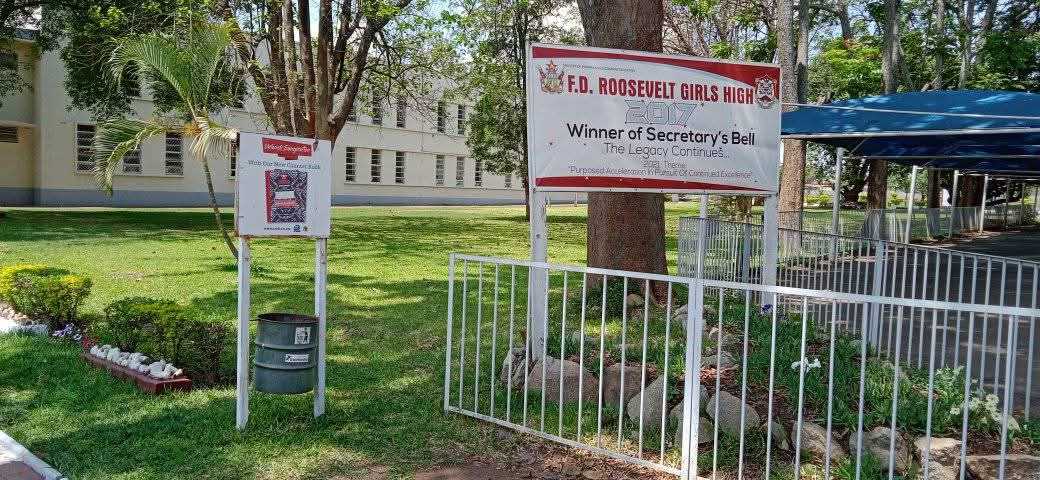
Zim Now Writer
Residents of Cowdray Park in Bulawayo are in a quandary following government’s banning of Blair toilets which are widely used in the second city’s suburb.
This comes as over 9 300 out of 15 600 Garikai/Hlalani Kuhle houses in Cowdray Park have been using Blair toilets as the residents cannot afford the US$500 connection fee to the sewer reticulation system.
The ban on the ablution facility, which is mainly aimed at rural areas, where they are common has also affected some urban settlements such as Cowdray Park.
National Housing and Social Amenities Minister Daniel Garwe said on Friday that Blair toilets are obsolete and no longer suitable to the national target of achieving an upper-middle-income economy.
The minister said Zimbabweans should adopt new flushable toilets by upgrading their existing infrastructure.
“Government has banned the use of the outdated pit latrines, Blair and open defecation. In their place comes new flushable toilets under an affordable model which is smart and suitable for the rural system. Unlike the urban flush system which uses nine litres of water the new system only requires two litres for flushing. The new flush system is also cost effective as it uses existing infrastructure allaying the fears of possible demolitions on the toilets being used,” the National Housing Minister said.
Pit latrines are outdated in modern societies as they pollute the air and they can be a favourable place for the breeding of flies and mosquitoes.
Related Stories
A Cowdray Park councillor, Kidwell Mujuru said the idea of a transformed infrastructure was noble, but very few people in his ward would be able to go it alone in the movement from Blair toilets to flushable ones.
“We have 15 600 houses under Hlalani Kuhle and 9 300 have Blair toilets and residents have been struggling to put together US$500 required to connect them to the sewer reticulation system. We are likely to have them for sometime if no assistance is given,” he said.
Minister Garwe said they were engaging architects and engineers through the Zimbabwe Institute of Engineers in an effort to ensure the country gets structures that are consistent with the vagaries occasioned by climate change.
“The desire is to come up with modern designs which will withstand the effects of climate change. There is need for innovations in this regard. Such designs with heaped roof and gable roof have been with us for generations.
These are some of the designs which may easily give in to the effects of climate change. The time is now for our young architects and engineers to come up with beautiful and attractive designs that speak to modernity and can withstand the effects of climate change,” said Garwe.
“We are aware that much of our rural houses are not exposed to any standard checks which make them vulnerable to vagaries of climate change. So, the development of a standard structure will go a long way in ensuring that strong structures are constructed.
“We are therefore imploring our citizens to ensure that their houses are not only standard and modern, but firm,” he said.




















Leave Comments